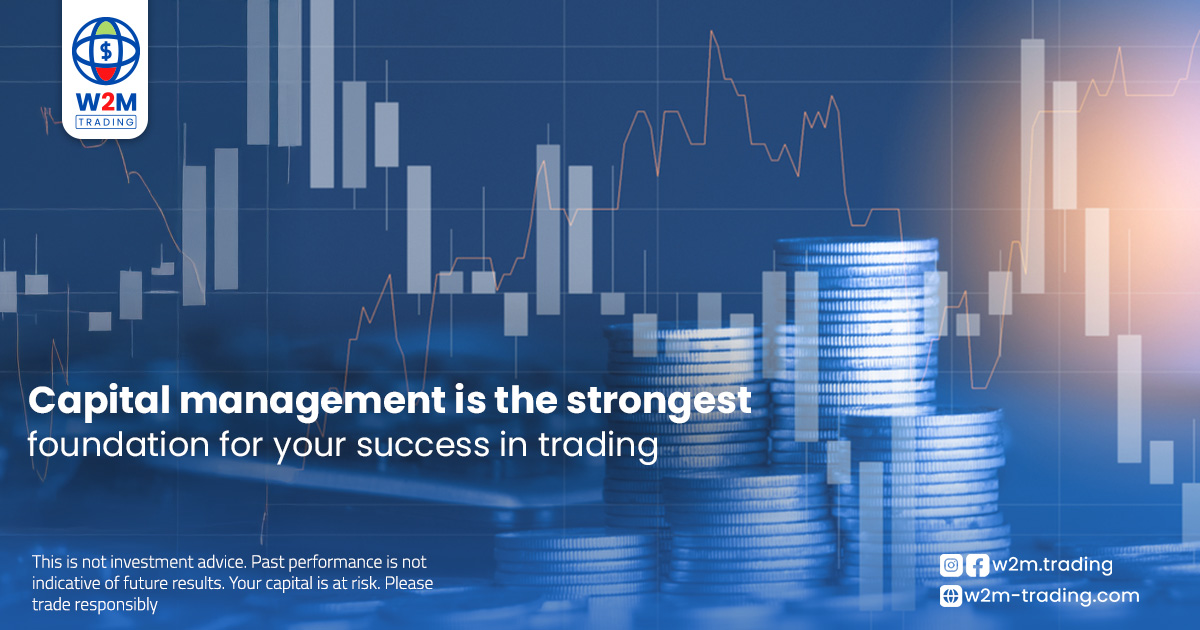- Attractive Education
- Beginner to Advance
- Flexible Timing

Capital management is one of the core skills every trader must master to achieve consistent success in financial markets. Some may think that expertise in technical or fundamental analysis is the only key to profit, but in reality, sound capital management is what keeps you in the market for the long term and ensures sustainable gains.
This article covers the essentials of capital management, its importance in trading strategies, and practical tips to protect your investment and achieve ongoing success.
Capital management is the process of deciding how to allocate the funds you invest in financial markets to maximize returns while minimizing risk. Put simply, it involves determining trade size, stop levels, and the risk limits you are willing to accept on each position.
Risk Reduction: By setting trade size and potential loss in advance, you limit the impact of losing trades on your account.
Capital Preservation: Poor money management can wipe out a trading account—even if some trades are profitable.
Trading Longevity: Good management keeps you in the game through drawdowns, giving you time to learn and improve.
Sustainable Profits: Sound practices promote long‑term growth instead of short‑lived windfalls.
Position Sizing
Never risk more than 2% of your account on any single trade.
Example: With a USD 10,000 account, the maximum risk per trade is USD 200 (10,000 × 2% = 200).
Stop‑Loss Orders
Always set a stop‑loss level to cap potential losses.
Risk‑to‑Reward Ratio
Define your reward goal before entering a trade. A common target is 1 : 3—aiming to earn three times what you risk.
Emotional Control
Stick to your plan. Avoid increasing trade size or exiting early out of fear or greed.
Small‑Trade Strategy: Open multiple smaller trades instead of one large position to reduce exposure.
Use Margin Cautiously: Leverage amplifies both gains and losses; employ it only within tolerable limits.
Diversification: Spread risk by trading several well‑researched assets—not by opening many random positions.
Performance Review: Regularly analyze past trades to refine your money‑management rules.
Position‑Sizing Calculators: Most trading platforms provide calculators to determine ideal trade size based on account balance and chosen risk.
Automated Trading Systems: Algorithmic solutions can monitor markets and execute trades consistently, reducing emotional bias.
Reports & Analytics: Financial and technical reports help identify favorable trends for higher‑probability trades.
Over‑Risking: Staking too much capital on a single trade endangers the whole account.
Excessive Leverage: Heavy margin use accelerates losses if the market moves unexpectedly.
Emotional Trading: Decisions driven by greed or fear often lead to poor outcomes.
This site is protected by reCAPTCHA and the Google
Privacy Policy and
Terms of Service apply.